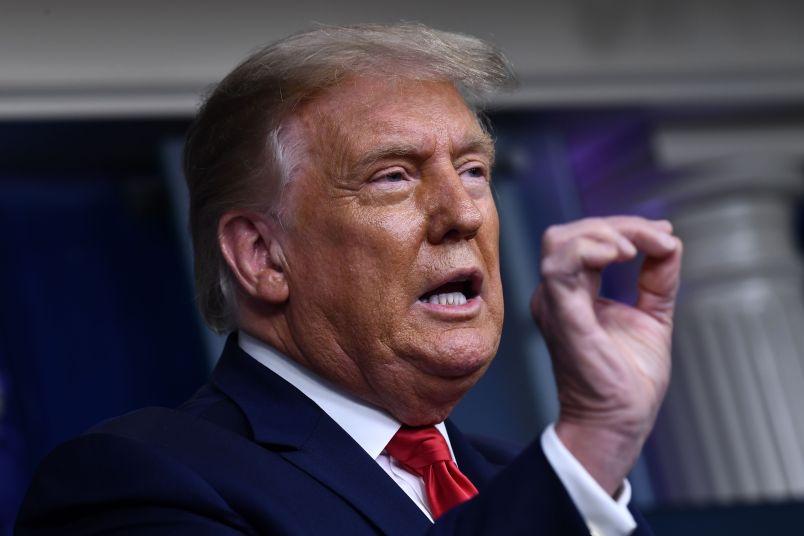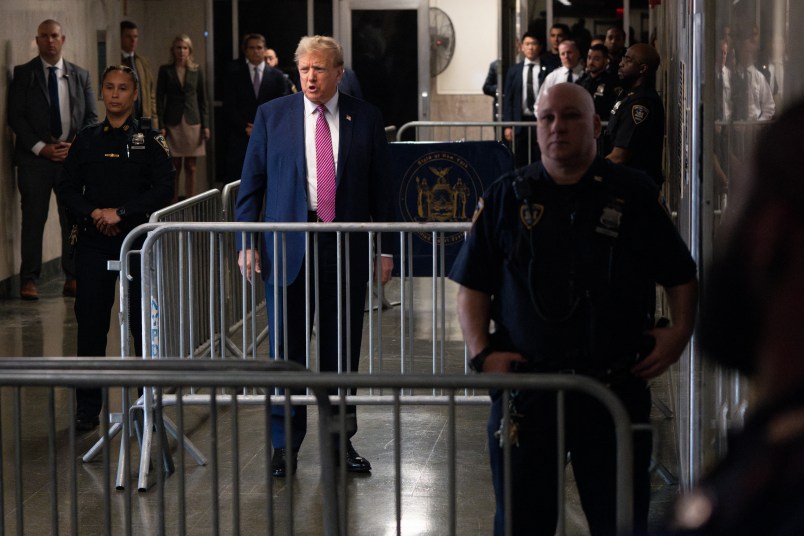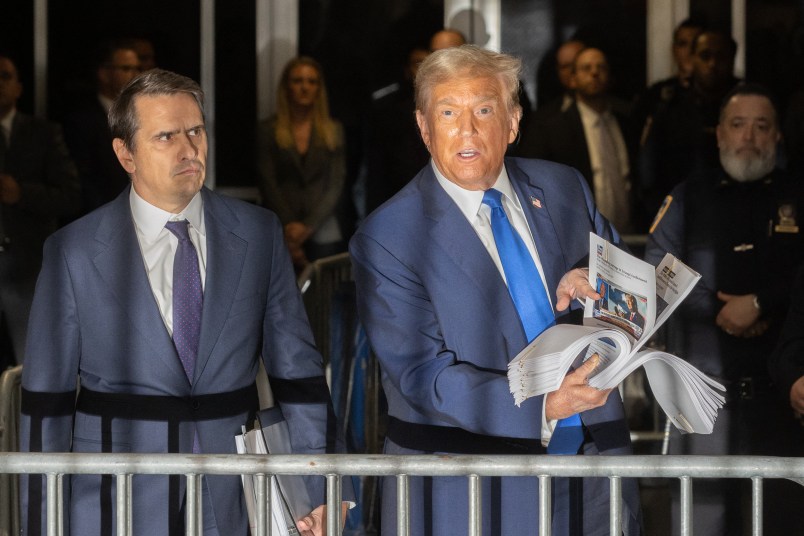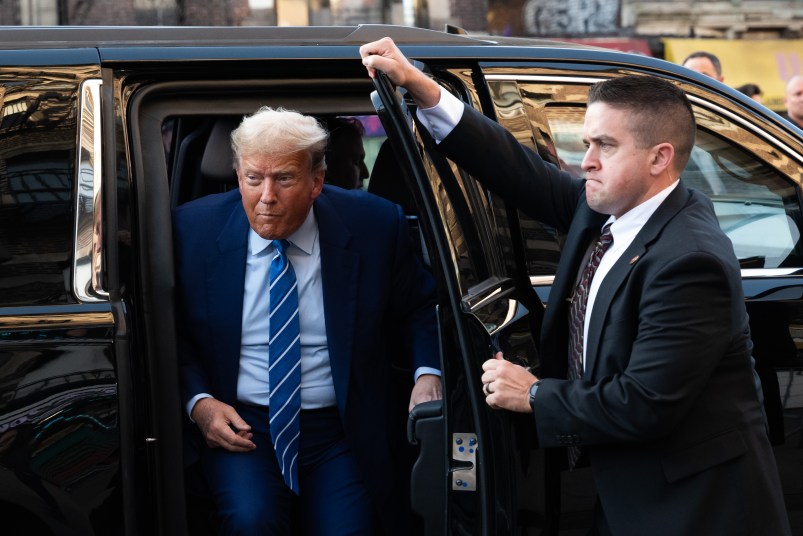Top White House officials pressured the Centers for Disease Control and Prevention this summer to minimize the risk of sending children back to school, according to a New York Times report.
Interviews with White House officials past and present, as well as the Times’ review of internal documents revealed that White House officials actively sought data to publicly portray a weakening pandemic that posed little danger to children in an attempt to workaround CDC scientists.
The Times’ report shows how White House spent weeks trying to press public health professionals to promote messaging that fit President Donald Trump’s election-year agenda to swiftly reopen schools even though data on the issue has not reinforced its safety.
Olivia Troye, a former top aide to Vice President Mike Pence who was involved in the task force, said she was repeatedly asked by Pence’s chief of staff, Marc Short, to get the agency to develop reports that showed declining COVID-19 cases among younger populations.
Troye told CNN’s Chris Cuomo in an interview Monday, that the situation was a “nightmare.”
“Unfortunately, this was an effort, you know, at times where I would get blindsided, where there would be junior staffers being tasked to find different data for charts to show that the virus wasn’t as bad for certain populations, ages or demographics,” Troye said.
She told the Times that she believed pressure from the White House was driven by Trump’s political agenda to have schools running when voters cast ballots.
“You’re exchanging votes for lives, and I have a serious problem with that,” Troye told the Times in an interview. The former official has become increasingly vocal speaking out against Trump since leaving the White House in August.
According to Troye, Short told other members of the vice president’s staff to dig for data that might bolster the White House’s reopening message for schools.
In one example, Dr. Deborah Birx, the White House coronavirus response coordinator, pressured the CDC to incorporate claims made by the Substance Abuse and Mental Health Services Administration warning that shuttered schools would have a long-term effect on children’s mental health.
White House spokesman Brian Morgenstern contended in a statement to the Times that top health officials were in agreement about the reopening of schools and how its risks were weighed.
“President Trump relies on the advice of all of his top health officials who agree that it is in the public health interest to safely reopen schools, and that the relative risks posed by the virus to young people are outweighed by the risks of keeping children out of school indefinitely,” Morgenstern said.
Trump has repeatedly pushed for schools to be opened quickly. He falsely told Fox News in August that children were “almost immune” to the disease. He has also sought to undermine the wisdom of health officials in his administration, complaining about the CDC’s stringent recommendations.
Recent data from the American Academy of Pediatrics shows however that hospitalizations and COVID-19 deaths have increased at a more rapid rate in children and teenagers than among the general population.
The administration worked hard at whittling away the CDC’s cautious guidance on schools reopening to realize Trump’s vision, an effort that was reflected in a final document on the opening schools published under the doctored White House-approved title: “The Importance of Reopening America’s Schools This Fall.” The document contained information suggesting that the coronavirus was less deadly to children than the seasonal flu, a claim that had elicited clear objections from CDC officials.










